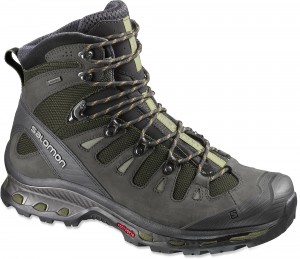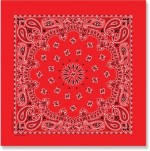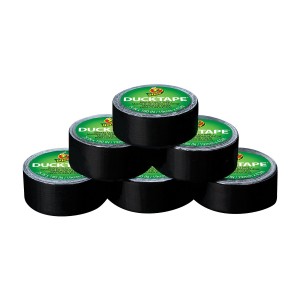Outdoor Guru Steve Hines Offers More Ideas For Taking A Hike.
Summer hiking season is in full swing. The temperatures are warming and trails are dry. After covering the ten essentials in Grow A Hiking Habit: Part 1, some other items will help you more enjoy your hiking.

Credit: REI
Boots: Stout boots with good support are a must. Look for boots with waterproof liners. Boots should come to the ankle or above to keep trail debris out and protect the ankles. You should be able to wiggle and spread your toes and walk down hill without “jamming” your toes. Your boots should be wide enough in the forefoot that there is no pinching of any of the toes. Your heel should be held in place without constricting them. If your heel moves around side-to-side with the boot untied try another style/brand. Get fitted at outdoor shop by a qualified boot fitter. If you use orthotics, be sure your boots accommodate them.
Trekking Poles: These are telescoping poles that look like ski poles. When not in use, they can be strapped to the outside of your pack. When in use, they support the legs and lower back. They help with balance and help burn 25 percent more calories.
Comfort Items Now that I’m a little older, several items in my pack make the hike more comfortable.
- A Dry T-Shirt: A dry shirt mid-hike is great. Avoid cotton; get Dri-Fit or Performance shirts that evaporate quickly.
- Extra Socks: Even the best socks can’t always keep up with amount of moisture you produce.
- Foot Powder: Changing socks and rubbing on some foot powder mid-hike is a treat!
- A Sports Drink: Water is essential. But, a sports drink like Gatorade reduces the risk of dehydration among older hikers.

The classic bandana is an invaluable partner on the trail.
Credit: REI
Bandana: The ubiquitous hiking buddy: Towel, handkerchief, sun protection, signal caller, sling, and bandage just to name a few uses.
Watch: I like to know how long it takes me to get from Point A to Point B on a hike. If I know the length of the trail I’m on and how long it took me to get there, I can judge my fitness level better. During these last few years, I’ve been aiming for a 1 mile/hour pace on mountain hikes and treks.
Cell Phone: Many people believe cell phones on the trail ruin the wilderness experience. But a phone can be a lifesaver. For many years I left my phone home but now, especially on solo trips, I take it along. Just be aware that in many remote places reception can be spotty or non-existent.
Camera: Helps with memory if you have a time/date stamp option.
Binoculars: Helps with both navigation (identify landmarks for triangulating your position) and spot/identify wildlife.

Credit: Amazon
Small Notebook And Pen: Record hiking times and observations, list hiking companions for later memory making.
Duct Tape: Blister treatment, gear repair, unknown problems. A small roll of duct tape can do miracles.
Please feel free to make comments and provide feedback and additional wisdom. I also welcome questions and clarifications. This can be a wonderful forum for getting your hiking habit started and sharing experiences with others.












Please remind our seniors hikers to let someone know they are going out hiking and when and where they will return. Also to take any meds with them. Also remind us to watch the sweet sugary content of drinks. The rest of your suggestions are great.
Thanks, John. Those are great tips. In part 1 of this series I did mention taking along all necessary meds. Your comment also prompts me to remind folks to take their “epi pen” with them if they’re allergic to bee stings.